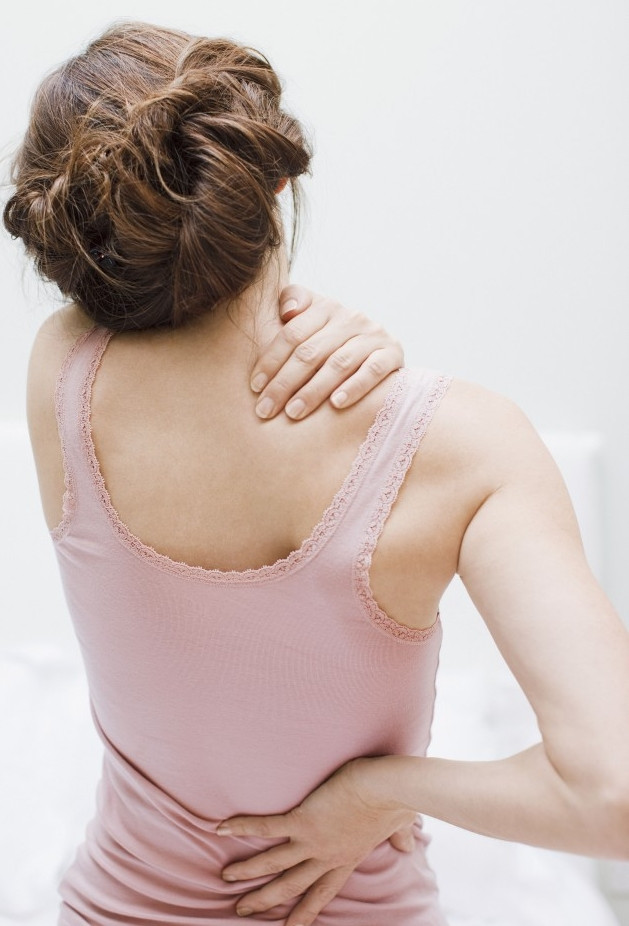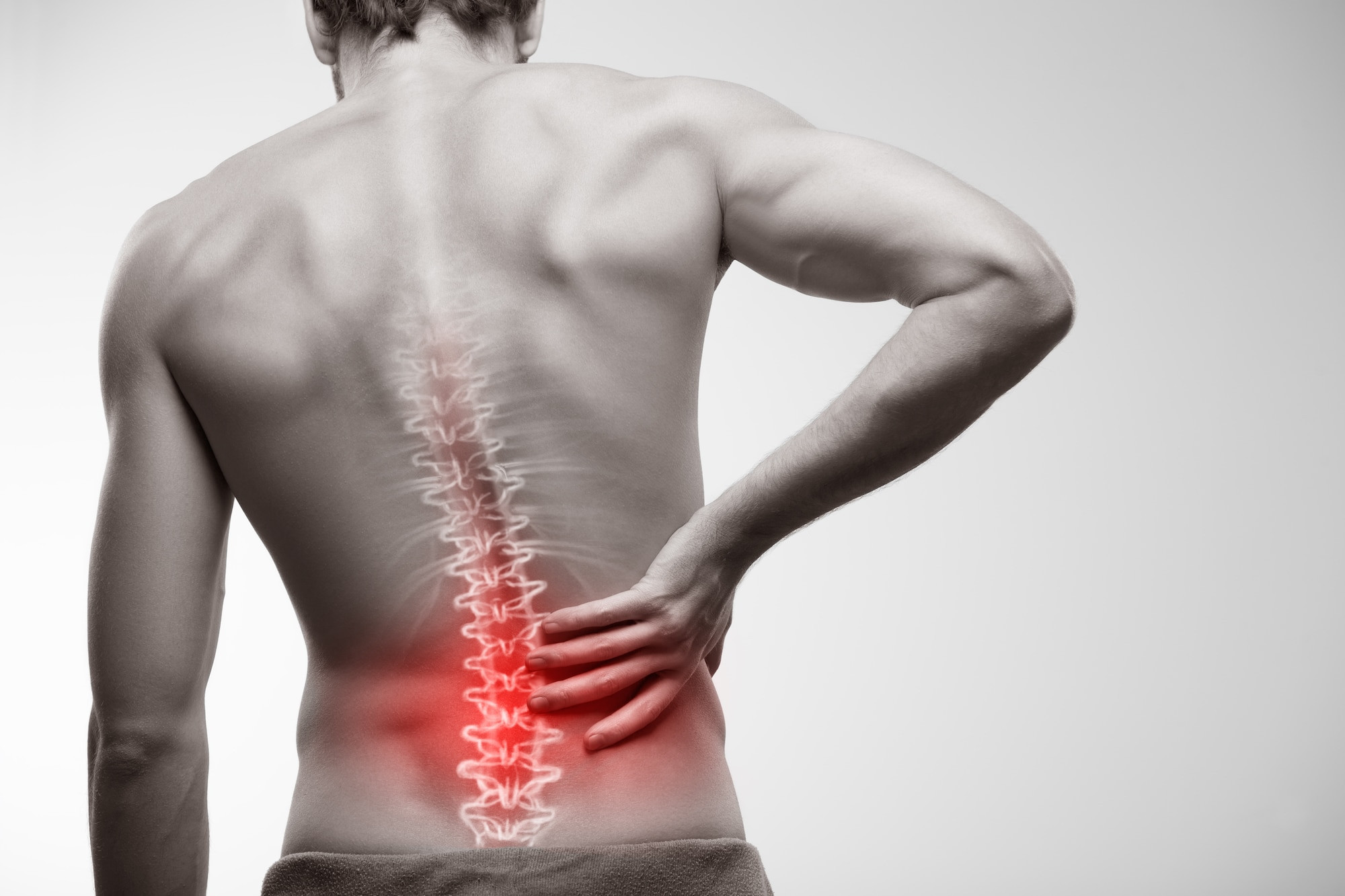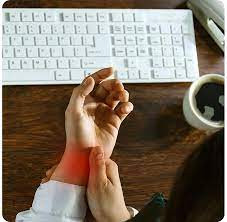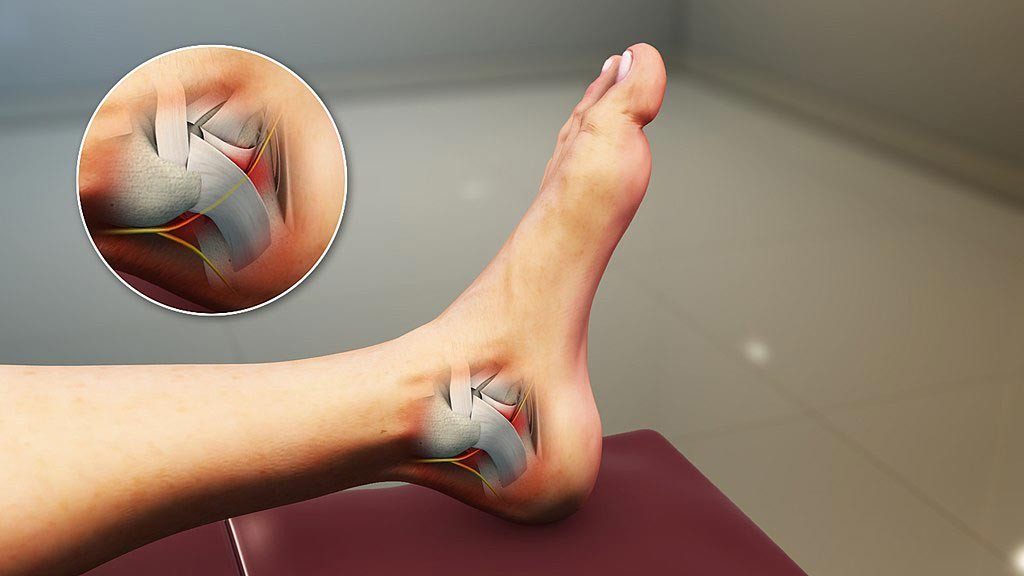Definition
Radiculopathy is a condition where nerve fibers are pinched or damaged. Another term for radiculopathy is pinched nerve. The human spine is composed of smaller bones stacked on each other and separated by disc-shaped structures called discs. Each bone has holes through which nerve fibers pass, branching out and exiting from the spaces between the vertebrae. This branching site of the nerve fibers is where radiculopathy occurs. The spine, consisting of 33 vertebrae, innervates different areas, so damage to the nerve fibers will present different symptoms depending on its location, from the neck to the tailbone.
Causes
The causes of a pinched nerve can be identified based on its location. Certain points in the body bear the weight of movements or the load being carried. Based on its location, radiculopathy can be classified into:
1.Radikulopati Lumbosakral
The lumbosacral region often causes complaints such as pain on one or both sides of the lower back. Anatomically, the nerve fibers in this area are prone to be pinched due to the load borne by the spine, especially when lifting using the hands. Due to this heavy pressure, the discs between the bones can pinch the nerve fibers and cause pain.
2. Cervical Radiculopathy
If a nerve is pinched in the neck area, this condition is called cervical radiculopathy. There are seven vertebrae in the neck region, starting from the base of the neck. Damage in this area can cause sensory disturbances or difficulty moving the shoulder or arm. It can result from a pinched disc or ageing-related damage, such as arthritis or neck injuries.
Besides discs between the vertebrae that thin with age and can be caused by spinal injuries, pinched nerves can be caused by benign and malignant tumors. Infections in the spine caused by bacteria, viruses, or fungi can cause inflammation in the nerve fibers. Nerve fiber damage can occur in more than one location in the spine. Given the wide range of causes of pinched nerves, further examination of risk factors, medical history, and additional tests to view spinal structures are needed.
Risk factor
Some activities that can make a person more susceptible to cervical radiculopathy include frequent diving using a board, driving vibrating vehicles, and lifting heavy loads. Sports that can cause cervical radiculopathy include golf. Smoking habits are known to increase the risk of pinched nerves.
Symptoms
Numbness or pain complaints usually have a radiating pattern, according to the path of the nerve fibers and the area they innervate. The most common complaint is pain. Damage to the nerve fibers has a characteristic nature, namely sharp pain or a sensation like being electrocuted. In cervical radiculopathy, the symptoms that can be felt include:
- Numbness or tingling in the fingertips or certain parts of the hand.
- Movement disorders such as difficulty moving the hand, or loss of strength and reflexes in the legs or hands.
- Symptoms may improve with certain movements like placing the hand over the head, as this movement can release pressure on the nerve fibers.
In lumbosacral radiculopathy, the commonly complained symptoms are:
- Pain on one or both sides of the lower back.
- Tingling or numbness in the leg/foot area.
- Muscle weakness in the legs.
Diagnosis
To check the location and cause of the pinched nerve, the first examination to be performed is a neurological examination. This examination is done to check for other complaints that may cause pain or other abnormalities in the nervous system. The doctor will ask the patient to perform several movements in the hands and feet to determine the location. Additional examinations that can be done to help view the spinal structure include Magnetic Resonance Imaging (MRI). MRI can view the structure of soft tissues well, such as the structure of tumors or the spine. If an MRI cannot be performed, a CT scan can be an option, with or without contrast.
Management
In most cases, a pinched nerve will heal or improve on its own. The therapy provided is adjusted to the severity of the symptoms experienced. The first treatment given is pain-relieving medications such as NSAIDs and acetaminophen. In some cases of severe pain, opioid-containing medications can be given. To reduce inflammation, steroids can be given, but their effectiveness in relieving pinched nerve symptoms is not yet proven. Besides medication, physical therapies such as acupuncture or chiropractic care can be given. Surgery is performed if pain is recurrent and severe, to relieve pressure on the spine.
Complications
Complications of a pinched nerve include residual or remaining symptoms due to incomplete healing. Pain and loss of ability to move limbs can lead to a loss of flexibility to move body parts. Continuous pain can be accompanied by headaches. Untreated pinched nerves can cause the space between bones to thin and changes in spinal shape. Radiculopathy caused by a pinched disc pressing on nerve fibers can cause severe complications known as cauda equina syndrome, where the body loses the ability to control bladder and bowel functions, and this condition can cause permanent paralysis.
Prevention
Radiculopathy cannot always be prevented, but there are several things you can do to reduce your chances of experiencing a pinched nerve:
- If you often exercise, always perform exercises with good posture to avoid spinal injuries.
- Exercise regularly, especially abdominal and weightlifting exercises.
- Maintain an ideal body weight.
- Undergo medical rehabilitation therapy to prevent recurring complaints.
- Maintain good posture when engaging in activities, especially when driving or sitting.
- When lifting heavy loads, ensure your posture is correct.
- Avoid certain movements like tilting your neck while holding a cellphone.
When to see a doctor?
Radiculopathy can be caused by life-threatening conditions. If pain is accompanied by the following complaints, immediately see a doctor for further examination:
- Chest pain.
- Fever accompanied by unexplained weight loss.
- Loss or difficulty in urinating and bowel movements.
- Having a history of malignancy. Symptoms of malignancy to watch out for include night sweats, pain at rest, and unexplained weight loss.
- Having a history of serious illness.
- Neurological abnormalities such as loss of ability to speak or abnormal body reflexes found during examination.
- Limping or unsteady gait.
- Complaints occurring in individuals < 20 years and > 55 years.
Looking for more information about other diseases,Click here!
- dr Nadia Opmalina
-
Radiculopathy. Hopkinsmedicine.org. (2021)
-
Alexander, C., & Varacallo, M. (2021). Lumbosacral Radiculopathy. Ncbi.nlm.nih.gov.
-
Nazario, B. (2021). Pain Management: Cevical Radiculopathy. WebMD.
-
Malanga, G., Buttaci, C., & Rubbani, M. (2021). Lumbosacral Radiculopathy Workup: Imaging Studies, Other Tests, Procedures. Emedicine.medscape.com.
-
Park, D., & Rodway, I. (2021). Cervical Radiculopathy (Pinched Nerve) - OrthoInfo - AAOS. Orthoinfo.aaos.org.
-
Neurologic deficit: MedlinePlus Medical Encyclopedia. Medlineplus.gov. (2021).
-
Mehnert, M. (2021). Cervical Radiculopathy – PM&R KnowledgeNow. Now.aapmr.org.
-
Dydyk, A., Khan, M., & Singh, P. (2021). Radicular Back Pain. Ncbi.nlm.nih.gov.
-
Herniated disk: Causes, diagnosis, and treatment. Medicalnewstoday.com. (2021).
-
A Patient's Guide to Cervical Radiculopathy. University of Maryland Medical Center. (2021).












